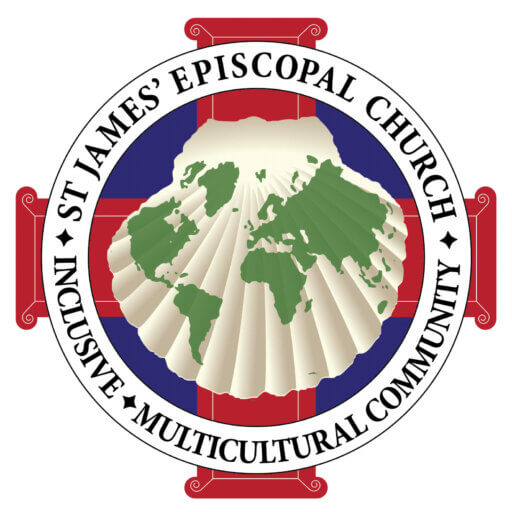A Reading Guide
In My Grandmother’s House: Black Women, Faith, and the Stories We Inherit
By Yolanda Pierce
Preface
In the preface of her book, Pierce focuses on the theme of reception. As with scripture, so also with tradition, reception is an active process. We receive the traditions of our elders in our current moment, in ways that are continuous and discontinuous.
What does the work of retrieving the religious inheritance from our elders involve?
How might you go about the work of grandmother theology?
What does it mean to keep that inheritance alive in your context? In our congregation’s context?
Chapter 1: There is a Name
In opening this chapter, Pierce describes the image of Jesus that she inherited from her grandparents: black, a very present help in times of trouble, intensely close and someone you could call upon, a regular visitor to the household.
What images of God or Jesus were passed down in your household? How did you relate to them?
Pierce reflects on the active nature of prayer in writing about the photo of Danella Bryant, a teenager praying at a 1963 demonstration in Birmingham. Prayer can be an act of resistance against or battle with the powers and principalities that oppress. We frequently associate prayer as an act of resistance with the civil rights movement with its kneel-ins and prayer vigils, but how have you participated in prayer as an act of resistance lately? Or what could it look like today?
Pierce describes some other facets of prayer: prayer as petition, intercession, celebration, speech to and for the beloved.
How did Pierce’s grandmother’s way of praying reveal her image of God?
How do your preferred forms of prayer reflect your own image of God?
Chapter 2: Just above My Head
Pierce describes the understanding of “holiness” she inherited, particularly through Mother Johnson. She talks of her struggle “with the tension between the unending lists and shifting terrain of codes of conduct, on the one hand, and my developing realization that holiness has everything to do with the state of my heart, on the other” (18).
How does Pierce seek to describe “genuine holiness”?
How has your own journey brought you to an understanding of holiness?
Pierce comes to reject the conduct code form of holiness taught her in her childhood because of the ways it perpetuated a damaging patriarchalism. However, in a powerful section of her book, p. 22-26, she opens the possibility that this apparent legalism may have also been a survival mechanism for black women seeking to spare younger generations pain.
How does her conversation about veiling and surveilled bodies speak to you?
Pierce points out that all theology is contextual. Therefore, it matters with whom we do the work of theology as well as in what context. How has your theology changed when you have entered and inhabited a new context?
Chapter 3: The Work of Her Hands
Pierce writes: “Most of the lessons I have learned about God’s love have not come from inside the walls of the church. There were no Bible studies or Sunday School lessons on how to fall in love or what to do when love breaks your heart” (42). She writes about learning about a God whose loving hands “had set my very existence into motion” in her grandmother’s kitchen.
Where are the everyday places where you learned about God’s love?
Chapter 4: Leaving
In this chapter, Pierce speaks of leaving a religious community that she had loved but had outgrown. She critiques the multiracial church “movement” for its failure to achieve the radical alteration of familial relationships it sets out to enact. Being the kind of family Pierce has in mind involves grieving together when we find ourselves at the foot of the cross and communicating each to another their belovedness.
The question about whether we can truly grieve together at the foot of the cross in a multicultural context is a particularly striking one. What do you think?
Culture valorizes strong black women who leave abusive situations for an uncertain path forward, but what spaces are created for black women to process the pain and hurt of leaving?
Chapter 5: Holy Ghost(ly) Silences
In this chapter, Pierce writes, “Learning the difference between the ghostly silences into which we must speak truth to power and the holy silences from which we can draw strength and comfort may take a lifetime.” When have you been part of a silence that fails to protect (see Audre Lorde quote on p. 67)?
Chapter 6: Being Present
Pierce writes, “True worship begins first with us showing up and being fully present in the moment.” I would argue that, sometimes, because of our own humanity, that is a lot to ask. Sometimes we very much need the community gathered and the Word and Sacrament to break through our fog to be present to us. When are the moments in our liturgy where we have a metaphorical opportunity to cry out “Present” in a way that reveals who we are?
What does full participation in the liturgy of life look like for St. Jamesians?




